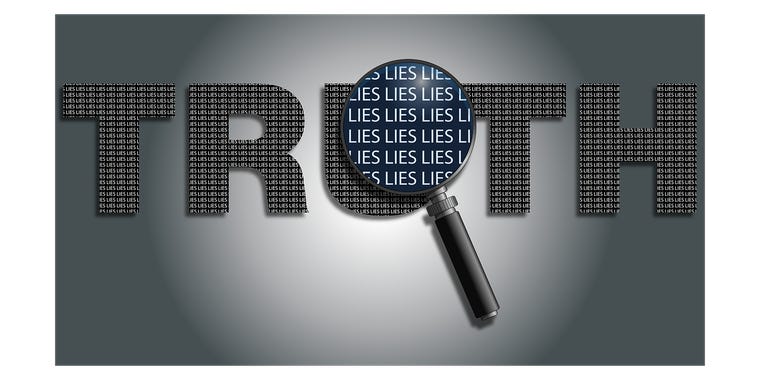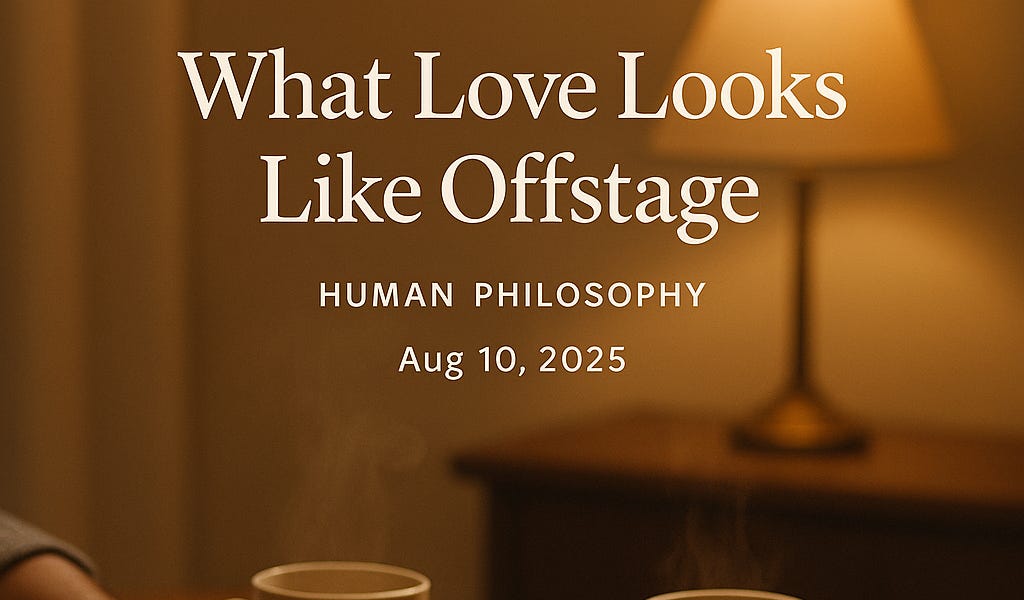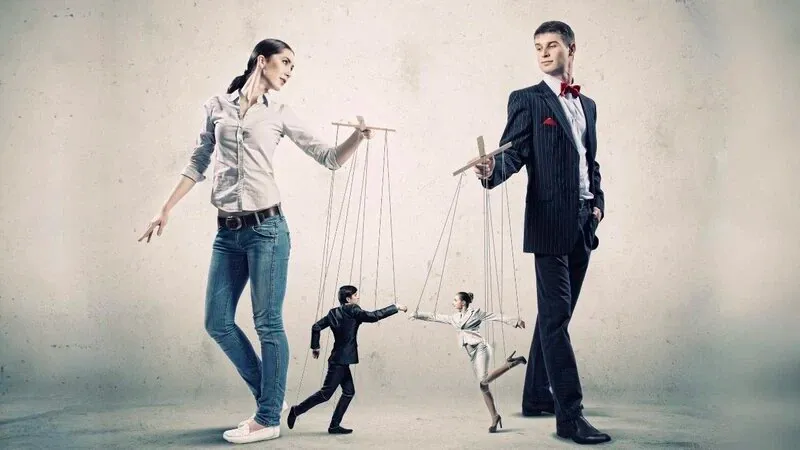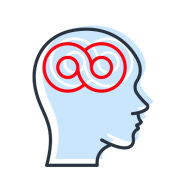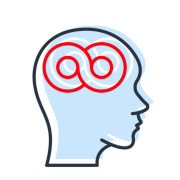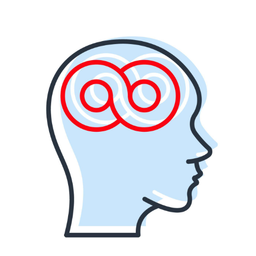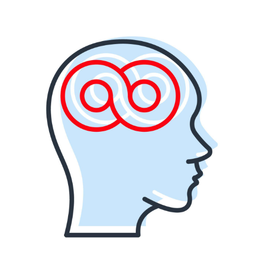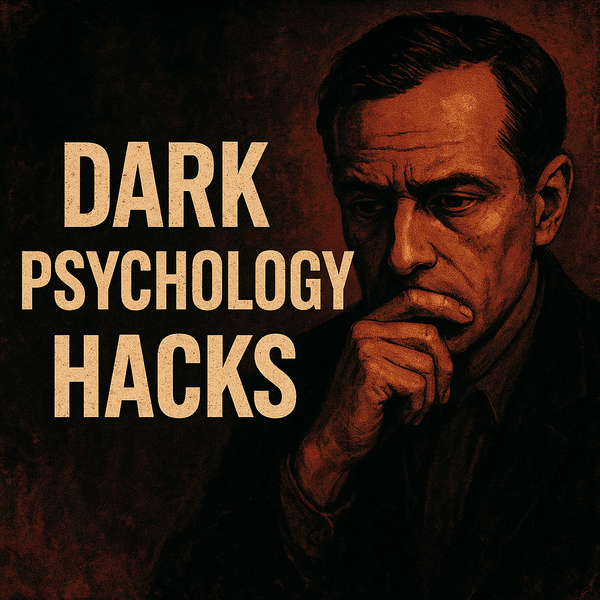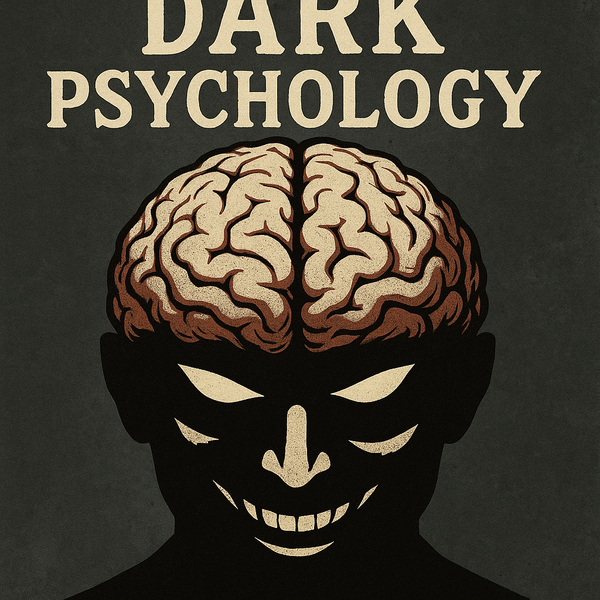The Dopamine Overload: Why Nothing Feels Good Anymore
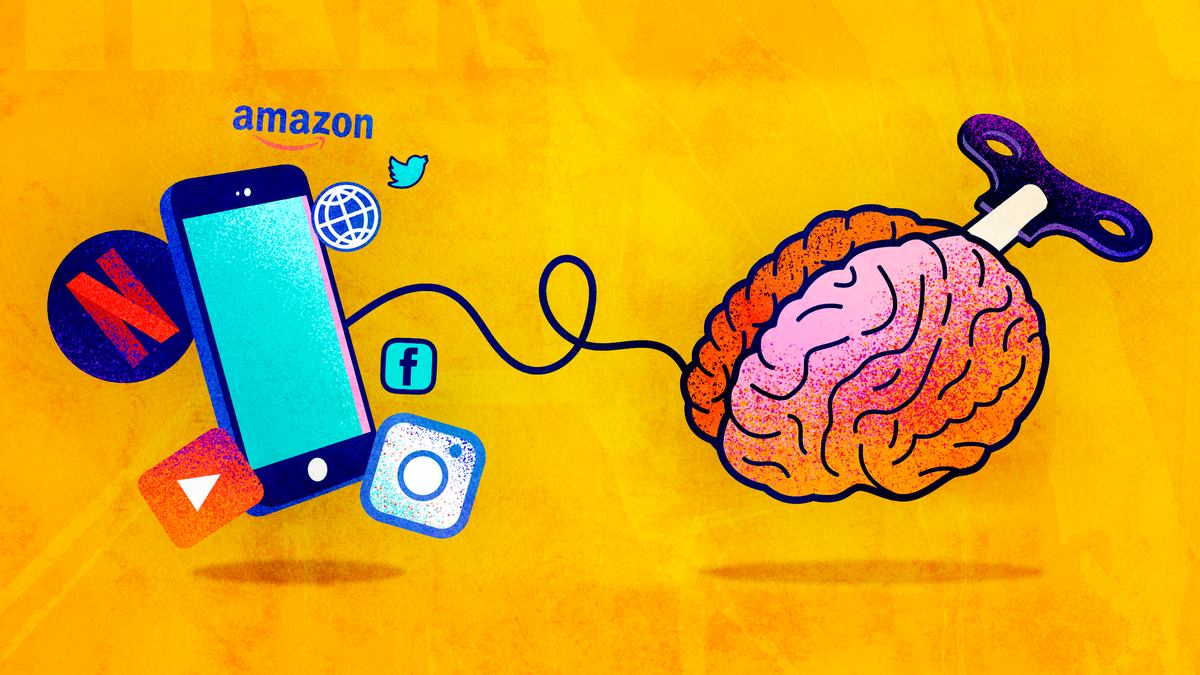
You’re scrolling, watching, clicking, jumping from video to video, post to post, screen to screen. Ten seconds in, you’re bored again. You open another app, another tab, another clip. You’re not lazy, broken, or ungrateful, your brain is overloaded.
This isn’t just distraction. It’s a rewiring.
🎁 Human Philosophy Limited Time Special Offer — Become a Paid Member Today & Get 20% OFF Forever 🎁
Dopamine Was Never the Villain
In psychology, dopamine is often called the “pleasure chemical,” but that’s not quite right. It’s not pleasure itself, it’s the anticipation of pleasure. Dopamine motivates you to seek, explore, and keep going. In a natural rhythm, you get a small hit when you move toward a reward, then another when you achieve it. Effort and satisfaction stay linked.
But modern life shattered that rhythm. You can now trigger dopamine with no effort at all, scroll, swipe, refresh. You get the hit without the hunt. The brain starts chasing more instead of enough.
The Problem With Constant Hits
Every swipe, ping, or novelty spike is like a micro-slot-machine win. Your brain’s baseline dopamine levels adjust downward to compensate. This means everyday joys, eating with friends, reading, taking a walk, start to feel muted. They can’t compete with the rapid-fire stimulation your phone delivers in seconds.
Over time, you’re not chasing joy. You’re chasing relief from the dullness that constant stimulation created.
How It Shows Up in Real Life
- Shorter attention span: Everything feels too slow unless it’s bite-sized.
- Loss of satisfaction: Achievements feel “meh” almost immediately.
- Restlessness in stillness: Quiet moments feel itchy and wrong.
- Escalation: Content or games need to be louder, faster, or more shocking to hold attention.
- Emotional flatness: Even good news feels strangely… distant.
7 Clever Techniques to Manage Uncertainty with Confidence
A Better Way to Think About a Good Life
Are Dogs Family or Friends? The Truth About Our Deep Bond With Man's Best Friend
Are You an External or Internal Processor?
Your Brain’s Reset Button
The most viral conversations around dopamine detox aren’t about quitting life or technology they’re about restoring the natural cycle of effort and reward. That means giving your brain enough low-stimulation space for baseline dopamine to recover.
Psychologists and neuroscientists recommend:
- One hour device-free after waking: Let your brain set its own pace before the world sets it for you.
- Monotask: Do one thing at a time—cook without a podcast, walk without music. Notice the discomfort. That’s withdrawal.
- Replace fast dopamine with slow dopamine: Gardening, learning an instrument, cooking a recipe from scratch—activities that build satisfaction over hours or days.
- Schedule boredom: Give yourself moments without input. Boredom is not a void; it’s where creativity reboots.
The Hard Part Is Not the Detox—It’s What Comes After
Once you feel better, you’ll want to go back to the hits. That’s normal. The key is to protect the spaces you’ve reclaimed. Think of dopamine like sunlight—too little and you wilt, too much and you burn.
Our grandparents didn’t call it “dopamine regulation.” They called it life. A walk to the market. A phone call that lasted an hour. Finishing a book without checking five other things. Their nervous systems weren’t better—they were just less hijacked.
The Bottom Line
You’re not broken. You’re overloaded. And the cure isn’t to cut joy; it’s to rebuild it. That means creating a life where your brain doesn’t need constant noise to feel alive. Where small moments have weight again. Where you can actually sit with your own mind and not feel like you need to escape it.
In a world of infinite stimulation, the real flex is finding something you can focus on—fully—for more than 30 seconds. Not because an algorithm decided it’s worth your time, but because you did.
Recommended Readings


